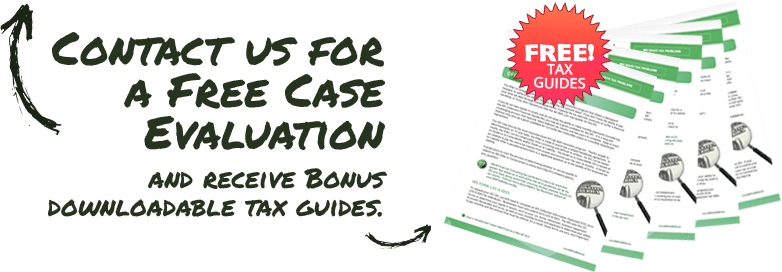IRS Hardship Program
Is It Real?
What Is It Exactly?
How Do I Get It?
Typically, when you hear someone mention the IRS Hardship Program, they’re referring to Currently Not Collectible status.
Currently Not Collectible status is the temporary closure of a collection case because it has been determined that the taxpayer currently cannot pay the back-taxes. However, the tax is still owed, interest and penalties will continue to accrue, and any future tax refunds will be taken and applied toward the balance due. CNC status typically lasts until the taxpayer’s financial situation changes, with a financial review every 12 to 24 months.
Before you qualify for CNC status, you must become eligible. That means you must be current and compliant with your federal tax responsibilities. All required tax returns must be filed, and all current tax payments must be made on time moving forward. Once you are in compliance with your current tax responsibilities, you can determine whether you qualify for CNC status.
Qualification for Hardship status or Currently Not Collectible is a very similar process to qualifying for a monthly Installment Agreement. You must provide financial information to the IRS proving that paying the back-tax owed at this time would cause you (and your family) hardship.
Once you’ve been granted CNC status, the IRS will not expect any payments toward the back-taxes. But you must remain in current tax compliance to keep it. If you miss a tax return filing or accrue additional taxes, your Hardship/CNC status will default, and the IRS will resume collections.
Alternatives to the IRS Tax Hardship Program
- Offer in Compromise – The OIC is a contract with the IRS that settles the debt for less than the total amount owed.
- Standard Installment Agreement – Make monthly payments over the life of the IRS Collection Statute (10 years) to pay the debt over time.
- Partial Payment Installment Agreement – The PPIA is a monthly installment agreement that will not fully pay the tax liability over the life of the IRS Collection Statute.
- Penalty Abatement – Request penalty removal from the IRS, decreasing the total debt.
What can you do if you are currently experiencing hardship due to an IRS collection action? Some taxpayers experience hardship due to an IRS bank levy or wage garnishment. A bank levy seizes the funds in your bank account. A garnishment takes money from your paycheck.
If you are in a hardship situation now, engaging professional representation (that’s us!!!) will help you navigate the options available for relief. Here are a few options that may be available depending on your specific circumstances.
- Secure an Installment Agreement – Successfully negotiating a formal Installment Agreement (or PPIA) to pay the debt over time will release most levies and garnishments.
- Request a Levy Release – Request a levy release or garnishment release prior to securing a formal resolution to the back-taxes.
- Appeals – Request review of the IRS action by an Appeals/Settlement officer.
- Taxpayer Advocate – Request assistance from the Taxpayer Advocate.
Contact Us. We can help you figure it out!
Click belowto see a few of the Resolutions we’ve negotiated. We’re pretty good at this!








